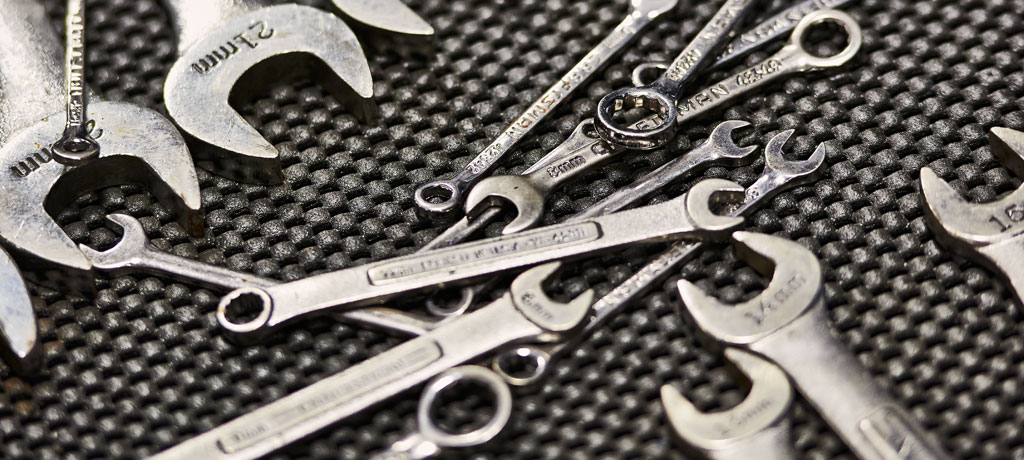
The Water Conservation Act of 2009 introduced strict usage rates for urban centers. These rates were put into effect in an effort to reduce usage by at least 20% by 2020. The provisions provide usage targets that retailers must comply with to remain eligible for grants or loans. In addition, it spells out different ways water should be processed in an effort to reduce consumption.
Water management plans help urban centers determine which agencies have the most responsibility in reducing usage rates by their clients and employees. Because of these changes, car wash companies began creating technologies and practices that reduce water usage without compromising on the quality of service. Read on to learn the answers to why do we need to conserve water, what is water conservation and how can we conserve water.
Conservation Efforts By Car Washes
Water conservation practices pertain to fresh water usage and wastewater treatment or disposal. Car washes may go through an audit process to measure water runoff, evaporation and circulation amounts throughout the day or week. If possible, it’s beneficial for car wash companies to recirculate wastewater as many times as possible. The water needs to go through the treatment process to eliminate soap residue, dirt particles and hazardous fluids from the mix.
Since it is important to keep from overloading the local sewer system while reducing total water usage, car wash owners often install the best reclaim systems money can buy. Reclaim systems collect all of the water runoff and treat it for another trip through the system. The type of reclaim tanks and equipment selected for each car wash is often influenced by the type of bays, sprayers and drains used for that system.
There are three main types of car washes:
-
Self-service car wash
-
Drive through tunnel
-
Full-service car wash
With the self-serve and private bay car washes, the vehicle tends to sit over the main drains throughout the entire wash. The drive through wash may use side drains that direct the water to the collection tanks. Contained drive-through bays often suffer from less evaporation than the bay types, resulting in a better collection of wastewater and overall lower usage rates. Car washes equipped with air dryers at the end also help increase collection and reduce evaporation over hand dry systems.
Further Methods Of Conserving Water
You can help car washes reclaim as much water as possible by keeping excess water going down the drains. In self-serve bays, always use the lowest amount of nozzle pressure possible to reduce overspray to a minimum. The highest pressure setting may allow water droplets to escape the bay and usually increases the evaporation rate for that session. You can also reduce water consumption by soaping up your vehicle with the water turned off. Since car wash bays keep your vehicle shaded from the hot sun, you can usually scrub down the entire vehicle before rinsing all of the soap away.
In drive-through bays without air drying blower systems, sit at the end of the tunnel for a few seconds longer than normal to allow the water to drip off your vehicle and into the reclamation drains. You can minimize water usage during full-service washes by asking the professionals to allow your vehicle to drip dry for a minute or two beforehand drying with a rag. By doing so, the bulk of the water will run down into the drain for another trip through the circulation tanks. No matter which type of car wash you choose, always look for signs indicating the establishment has their sights set on water conversation.
Water Saving Efforts At Home
Despite identifying water conservation conscious carwashes, you do not need to go to a professional detailer every time your vehicle develops a few spots. You can keep your car clean between washes without using water by investing in spray-on cleaners and waxes designed for scrubbing down exterior automotive paint. Use these items to spot treat your vehicle every time you notice imperfections in the finish. You can also wipe off powdery dust and debris using a microfiber cloth or extendable dust pad at the end of each day.
If you must wash your car by hand, fill up a large bucket with soapy water to use for that cleaning session. Make sure you use a spray nozzle on the end of your hose to tightly control the water pressure and usage rates. Only spray the vehicle enough to allow the soap residue to drip off the paint and onto the ground. Wipe the rest of the water away with a leather chamois to create a gorgeous finish. Apply a wax product that will extend the time between washes considerably by keeping dirt and debris from sticking to the finish.
Looking At The Big Picture
Hopefully, in the future, car washes and other companies that use lots of water in their daily operations will automatically do all they can to increase their natural conservation efforts. As people and companies make these needed changes, others are sure to follow in their footsteps.
As you start to embrace practices on how to conserve water, you may never go back to wasting that precious resource again. Unfortunately, it’s far too easy for people to go about their daily lives without thinking about the potential for a water shortage due to seemingly careless acts.
Your ability to pay close attention to improvements at hand car wash, touchless car wash, and self-service stations will help reduce water consumption over time. Regularly look up water conservation law changes in your area on governmental websites or legal blogs. Share your knowledge with family, friends and neighbors to help others understand the importance of paying close attention to water usage rates. After all, you can talk across social media channels, call people on the phone and share your knowledge through email to spread the message and protect the world from harmful water shortages.





